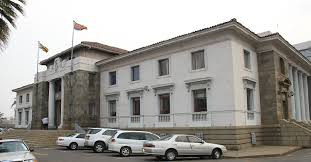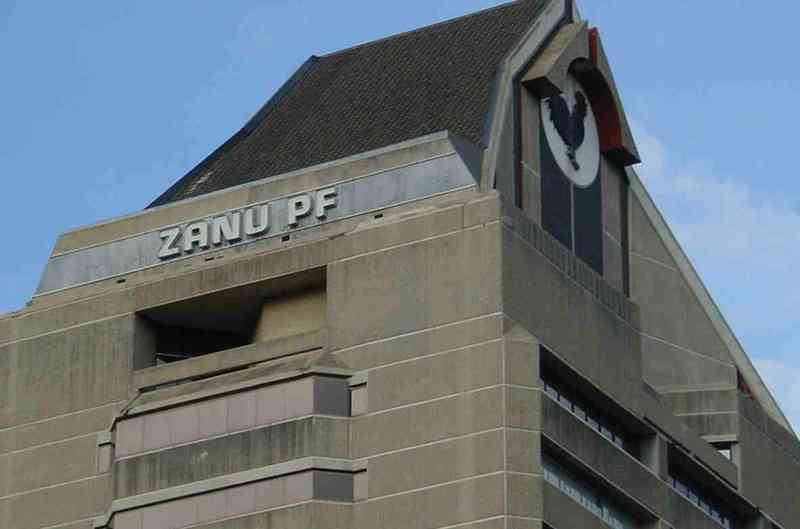
A HARARE City Council building inspector was grilled by members of the commission of inquiry probing the local authority's financial affairs over mayor Jacob Mafume’s house in Belvedere which was flagged during proceedings.
President Emmerson Mnangagwa in May last year appointed the commission led by retired judge Justice Maphios Cheda to investigate corruption and financial mismanagement at the local authority.
The commission recently heard that Mafume’s Belvedere residence was undergoing renovations to accommodate students and may have been funded through kickbacks from a company that had illegal dealings with council.
Appearing before the commission, building inspector David Wadyarwa was asked to confirm if there were changes from the property’s original plan.
He was also put to task on why he had approved the changes if there was no change of use of the property.
However, Wadyarwa said as long there was an approved drawing, he could approve the development.
“Yes. In fact, most of the rooms were further subdivided into smaller rooms in order to accommodate the students and now a commercial building,” he said.
“I did not know that it was a residential premise for students. I just went ahead as an inspector to me, I was approving a residential stand. I just follow as long as there is an approved drawing, I can approve there’s a stamp, sir, on it and was approving for residential use.”
- Harare cancels Pomona waste deal
- Devolution gains remain a mirage
- Harare cancels Pomona waste deal
- Pomona saga: Harare handed shock US$750k ‘garbage’ bill
Keep Reading
The commission also quizzed him on why he signed for development which was not following the house plan.
“I mean, I just signed because it was my mandate to come and check as long as it was within the confines of an approved drawing. In normal circumstances, we go to a building, as long as it is approved, normally, we say we recommend to the owner to amend it in the process.
“I think that was an error on my part. We do not demolish. We advise the submission of another drawing. We do not demolish but we say, can you put an amended drawing for the deviations that we have done?










